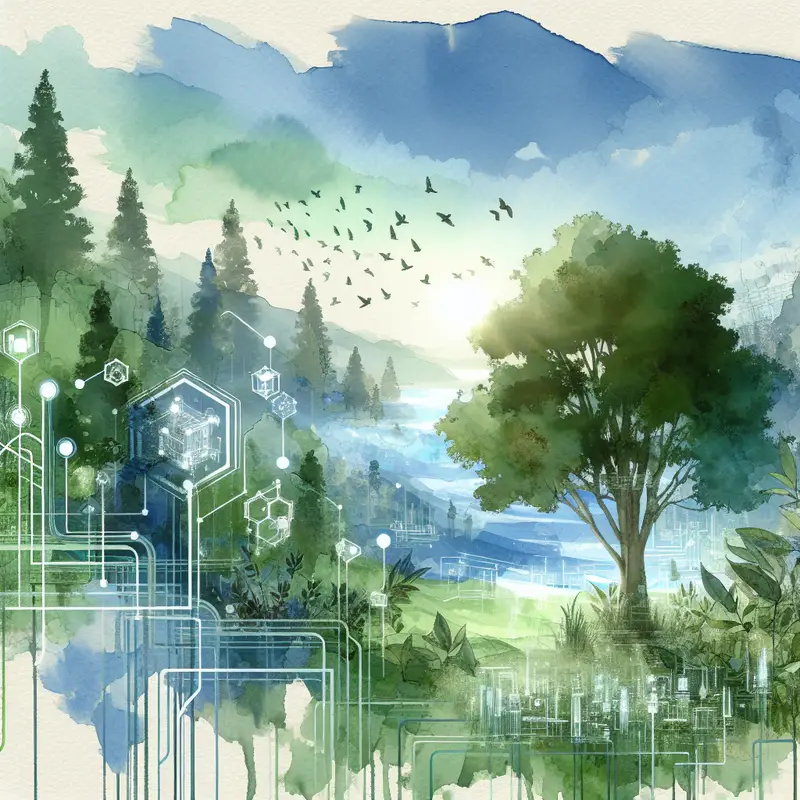Be Your Best Organizer
Published on February 27, 2025

Why Community and Collaboration Matter
Humans Are Hardwired to Work Together
From early hunter-gatherer tribes to modern-day volunteer networks, cooperation has been a survival strategy. When we work collectively, we combine strengths, distribute risks, and foster resilience. The dynamic of “it’s us against the problem” brings out altruism, creativity, and adaptability. In modern times, problems like pandemics, climate change, or economic inequalities are so broad in scope that no single mind can handle them alone. Collaborative approaches—whether between national governments, international coalitions, or grassroots communities—provide the shared perspective needed to tackle systemic issues.
Social Bonds Foster Resilience
Research in psychology and sociology shows that strong community ties can mitigate stress and accelerate recovery from adversity. Trust, empathy, and consistent communication form the emotional glue that holds groups together, often outperforming what any individual can achieve in isolation. In short, a supportive network remains invaluable—even as AI automates repetitive tasks—because humans thrive when they feel connected, heard, and supported.
Beyond Individuals: Human-Only vs. Human-AI Collaboration
Scaling Solutions Through AI Partnerships
The integration of AI tools can magnify our collective impact. Imagine harnessing AI to sift through reams of climate data or coordinate relief logistics after a natural disaster. While humans may be slow in crunching millions of data points, AI systems excel at efficient analysis and pattern recognition. That said, it’s human judgment—rooted in empathy, morality, and lived experience—that decides how to interpret these findings. By combining AI’s speed with human emotional intelligence, we expand our capacity to solve bigger problems than ever before.
Challenges of Machine-Human Collaboration
Adopting AI as a partner introduces new considerations. Machines lack inherent motivations and rely on clear, consistent goals defined by humans. Misalign those goals, or fail to communicate them effectively, and friction emerges. Ethical debates—like data privacy or algorithmic bias—demand ongoing dialogue. Ultimately, the success of human-AI collaboration hinges on transparent communication, shared objectives, and careful oversight.
Building Strong Collaborative Ecosystems
Facilitating Communication and Trust
Whether you’re coordinating volunteers, managing a remote team, or directing an AI-driven project, effective communication is crucial. Clear channels (like shared documentation and regular check-ins) set expectations and reduce misunderstanding. Encouraging open dialogue—where people can ask questions or challenge assumptions—fosters an atmosphere of psychological safety. Empathy plays a massive role here, allowing individuals to step into each other’s perspectives and nurture deeper connections.
Diverse Perspectives and Skill Sets
Collaboration flourishes when you gather people (and AI tools) with complementary abilities. A multidisciplinary team—featuring tech experts, designers, communicators, researchers—benefits from wide-ranging insights. The friction that arises from different viewpoints often spurs innovation, forcing team members to consider novel solutions. In the context of human-AI synergy, humans can provide moral judgment, creative thinking, and emotional intelligence, while AI offers computational speed and data-driven insights.
Overcoming Barriers to Collective Success
Addressing the Pitfalls of Groupthink and Fragmentation
When everyone thinks alike, ideas stagnate. “Groupthink” can cause teams to settle on mediocre solutions simply because no one dares to suggest alternatives. Counter this by encouraging constructive dissent and rotating leadership roles—everyone should feel heard. Fragmentation can also occur when teams work in silos or speak different “languages” (technical, managerial, etc.). Shared platforms and consistent, empathetic communication mitigate these risks.
Ethical and Cultural Sensitivities
Collaborative projects often span cultural boundaries or involve sensitive data, raising ethical dilemmas. For instance, an AI-driven health initiative must respect patient privacy across different legal jurisdictions. Building a strong ethical framework—and acknowledging cultural nuances—helps maintain trust among all stakeholders. Ultimately, this awareness promotes long-term acceptance and success of collaborative ventures.
The Ripple Effect of Collaborative Efforts
Resilient Communities and Shared Prosperity
When communities come together—bolstered by meaningful AI support and healthy interpersonal relationships—the results often exceed the sum of their parts. Shared achievements accumulate, strengthening group identity and collective resilience. This process can lead to ongoing innovations, new economic opportunities, and a culture where empathy, communication, and trust don’t just live at the individual level, but scale out to entire networks, industries, or even global coalitions.
Conclusion & Call to Action
Humans are social at heart. We excel when we unite around common goals, share resources, and lift each other up—qualities that remain priceless even as AI plays a bigger and bigger role. By mixing our deeply human traits of empathy, creativity, and moral judgment with AI’s capacity for data analysis and speed, we can build communities and projects that truly stand the test of time. Our challenge now is to harness these collaborative skills wisely—bringing out the best in both ourselves and the technologies at our disposal.